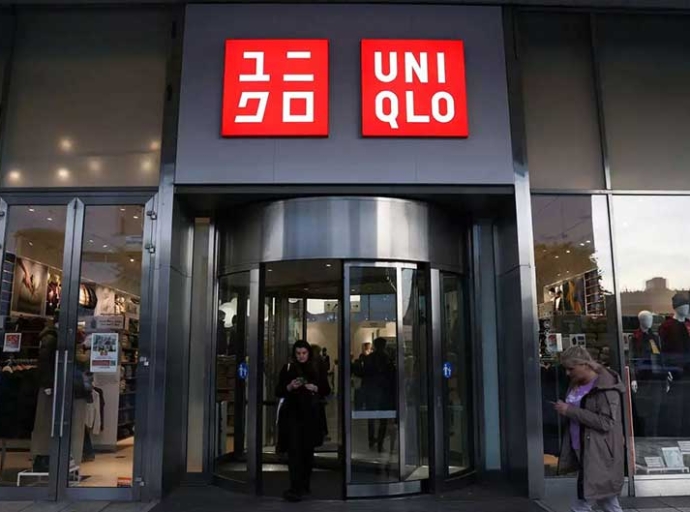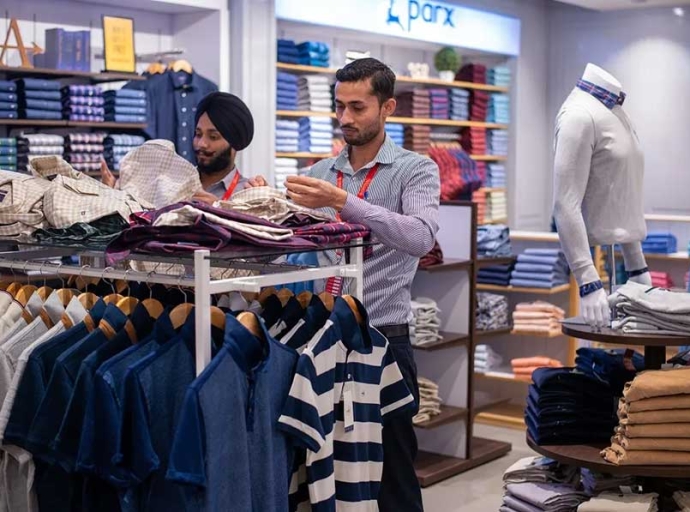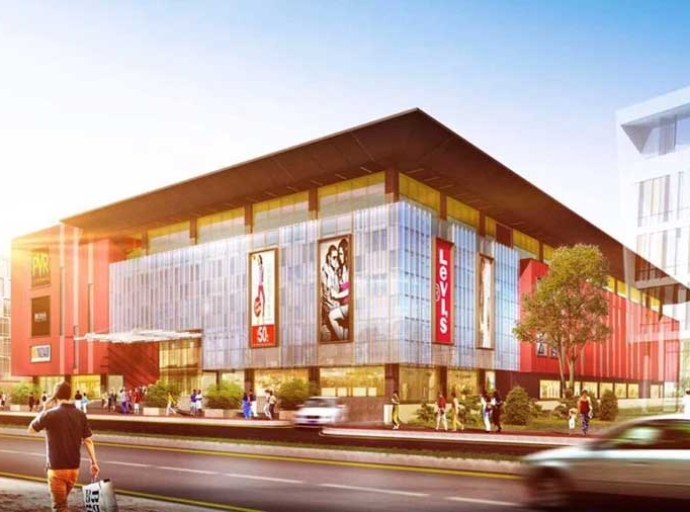Supply chains resilience in the face of changing geopolitics

21 January 2023, Mumbai
The Covid-19 outbreak sparked a massive human and economic tragedy and ushered in a time of upheaval and volatility that doesn't seem to be letting up. Russia's invasion of Ukraine astonished and angered the world only a week ago.
The ongoing turmoil in Europe and the pandemic are the most recent signs that a period of largely stable supply chains and the global order is ending.
Given the high labor intensity and spread of the fashion industry's international activities, the pandemic exacerbated fragilities and vulnerabilities & disruptions caused by the geopolitics of the day in its supply chain.
It brought to light current problems, such as the challenges of defending human rights, handling geopolitical tensions, and raising environmental standards. It also brought forth brand-new difficulties, like an unexpected rise in consumer demand and operational bottlenecks at crucial hubs and transit hubs.
Fracturing supply chains
In times of disruption & breaking supply chains, the responsive capabilities of any organization are to the test by pressing the accelerator. One of the first industries in Northern Europe to move production capacity to lower-cost areas was the fashion apparel/garment business. As a result, imports increased, and industrial jobs decreased.
While this is happening, we observe the creation of powerful fashion brands that are currently very successful in the global economy. Businesses have changed from manufacturers to brand marketers or multi-brand stores to brand retailers. While several companies faltered and vanished, some were successful.
Why has this evolution occurred, and how come certain businesses survived while others failed? Was the only factor the price?
Dynamic situation
Nobody has a virtual monopoly; Insurgent firms are upending the accepted paradigms of fast fashion and garment selling in response to a global supply-chain shock and are going to take years to disrupt.
Betting on the solution that is variable and based on the situation. Many internal and external factors impact enterprises and their supply chains significantly.
As with financing policies, monetary conditions, customs and quotas, wages and labor union activities, general business and industry climate, consumer patterns, market saturation, quality, and design issues, degree of risk aversion, the resilience of businesses and supply chains, or the capacity to manage demand time versus lead time, they are frequently also subject to change over time.
Design hub
As the design develops, people from support functions are typically assigned to examine it and suggest adjustments.
Contemporary design, a more contemporary idea, incorporates a multi-functional design team that is highly structured and has more power and authority. This indicates that the design function is expanding and that explicit consideration is given to the product and the processes involved in product innovation.
De-risk & build credible alternate GSCs
According to a BSI assessment, the apparel/garment industry has the highest exposure to elevated, high, or severe risk of natural disasters at 85.6% of supply chains.
The paper explains the high figures of manufacturing and sourcing-related operations spread out across politically and geologically unstable regions.
According to BSI's survey, 35% of manufacturing industry organizations are concerned about potential supply chain disruption.
"Our research shows an alarming amount of suppliers in a range of industries are headquartered in places with considerable risk of natural disaster or man-made disruption such as these," said Shereen Abuzobaa, commercial director at BSI Supply Chain Solutions.
Disruption in Textiles GSCs
The global water issue is becoming worse. This is made worse by the water contamination caused by the dying and processing of textiles. According to a World Bank assessment, the wet processing of textiles is responsible for 20% of freshwater pollution.
Water and wastewater differ significantly in terms of ecology and economy. Water, remarkably fresh water, is a resource used for many different things on earth, but wastewater is a filthy substance that is dangerous for both people and the environment.
Latest Publications

































